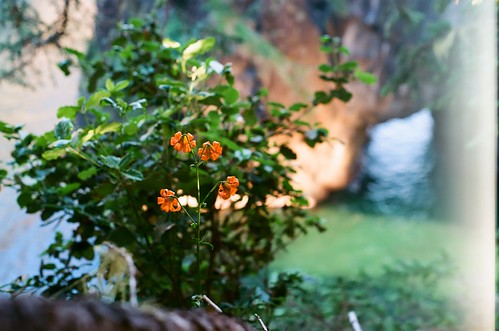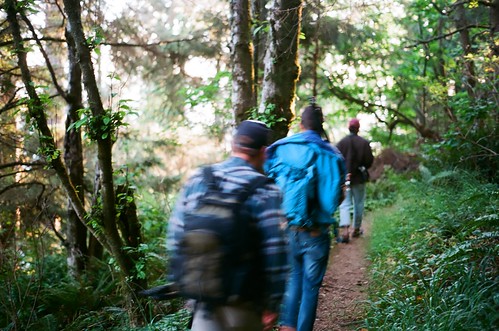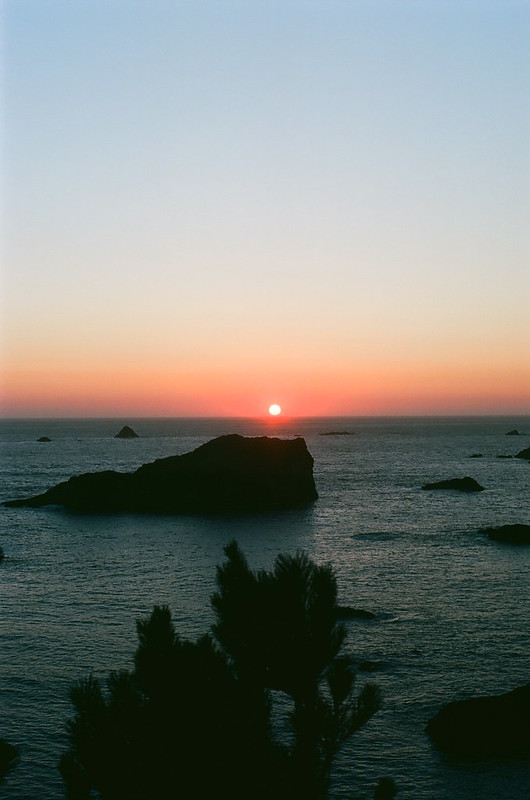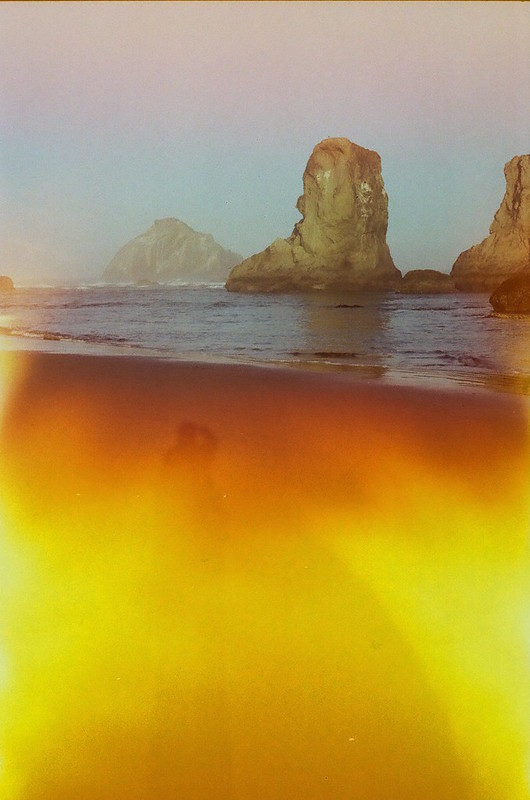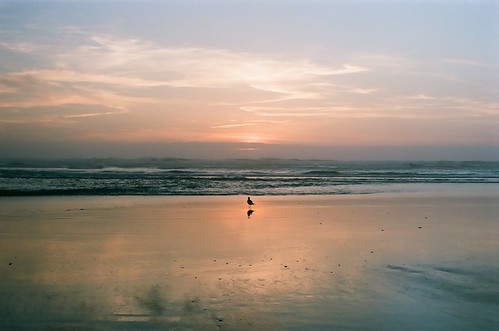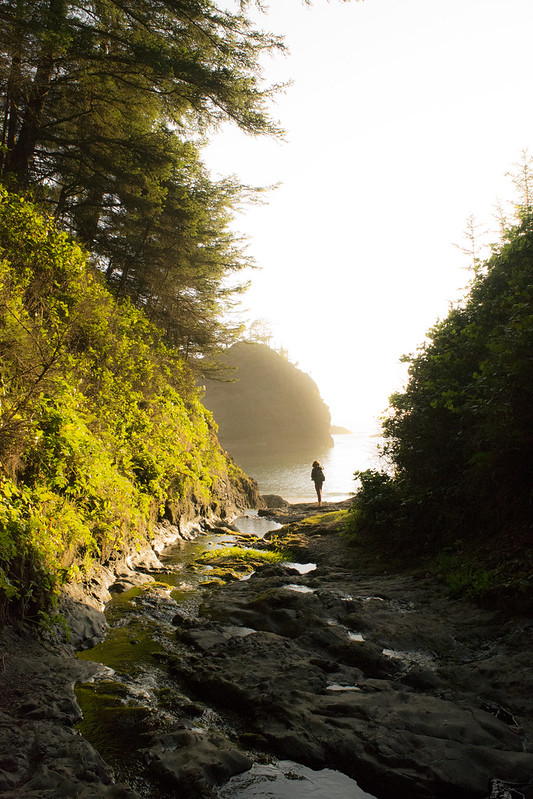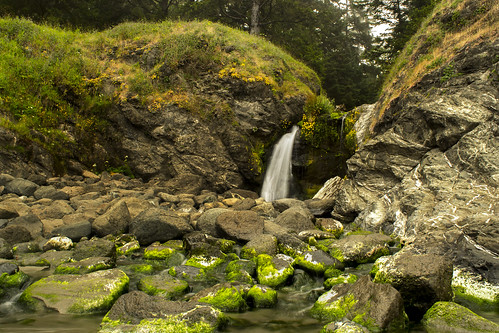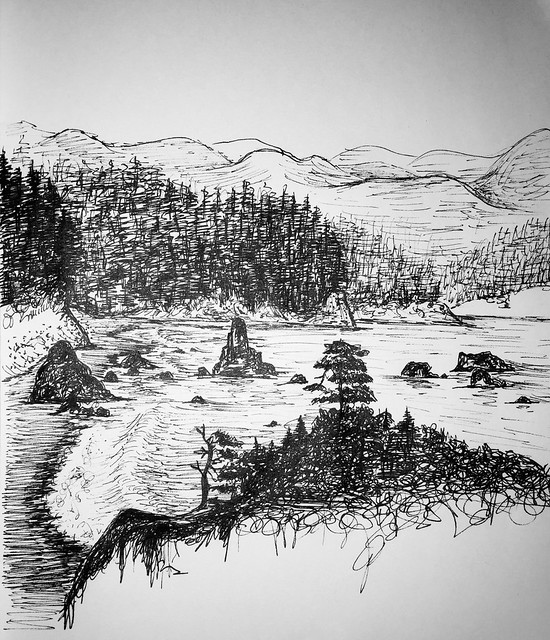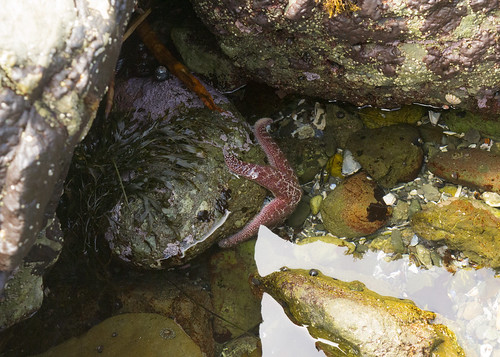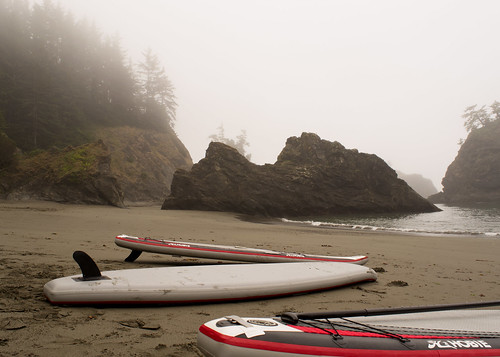A few weeks ago I wrote my blog post all about how scientists are people too. In general, what I was trying to highlight was how the people who conduct research and write scientific material have personalities and enjoy relaxing just as much as the next person. It seems poignant this week to revisit that theme. Scientists laugh, cry, eat, sleep, and so on and so forth. We are human, and if there is anything that can be said with absolute certainty about humans, it’s that not a single one of us is perfect. We have setbacks, make mistakes, and experience frustration. In fact, mistakes, setbacks, and frustration could be steps of the scientific method.
It started with SMURFing two weeks ago. If you recall, SMURFing involves collecting juvenile fish in artificial habitats to help understand habitat usage in Oregon’s Marine Reserves. Currently, we have SMURFs in two Reserves, Otter Rock Marine Reserve near Newport (my home base), and Redfish Rocks Marine Reserve near Port Orford (~3 hours south). Every week, we alternate between sampling at Otter Rock and Redfish Rocks. Two weeks ago, it was a Redfish Rocks outing. At Redfish Rocks, we collaborate with a local team of urchin divers, who collect the fish from the SMURFs using their boat, then hand them off to us. All we have to do is drive the 3 hours south to Port Orford, pick up the fish, rinse some gear, and head home. Much easier than taking our own boat all the way down there. Port Orford has really embraced its Marine Reserve, and many citizens have taken advantage of opportunities to partner with scientists to aid research studying it. It’s a great setup where all parties benefit.
Anyways, two weeks ago, I hopped in the car with Maddy (REU) and Neal (fellow Sea Grant Scholar) to head to Port Orford and pick up the fish. Our first task was to drop off a bit of equipment to the urchin divers before they departed so they could repair one of the SMURF moorings. Unfortunately, construction traffic meant we arrived just a few minutes early, and our collaborators had already left the docks. Oh well, minor setback. It just meant we had a few hours to kill while we waited for the SMURFers to return. Port Orford isn’t a bad place to kill a few hours. It’s a beautiful little town on the south coast with a brilliant ocean view. We spent our time snorkeling in a protected cove and feasting at a local diner, then returned to the docks to meet the SMURFers as they returned.
SMURF season is in a bit of a lull right now, as normally occurs in the middle of the summer. If you want to understand why, read the latest blog post I authored for the Oregon Marine Reserves website here, but basically we weren’t expecting many fish. We got zero fish and a huge serving of bad news. Two of our moorings and two other SMURFs had disappeared. This is bad for a couple reasons. Firstly, it meant that we were sampling with just four of our eight SMURFs. Who knows if the other four SMURFs we lost would have had fish in them. Secondly, SMURFs aren’t the most high tech scientific equipment, but that doesn’t mean they’re cheap. Replacing moorings requires new lines, buoys, shackles, flags, anchors, and more, as well as time out on a boat to get them in the water.

Readying new moorings for deployment!
As far as setbacks go, this was a pretty major one for SMURFing. Maddy, Neal, and I had no choice but to retreat to Newport empty-handed; seven hours of driving and all we had to deliver was bad news. I was struck by how well it was received. To be clear, no one was happy to hear our tale, but there was no finger-pointing, despairing, or pity parties. All the scientists heading the project were only focused on fixing the problem. The very next day we were building new moorings, which will be deployed this week. Bad things happen in science, as they do in life. My mentors here in Oregon have obviously experienced adversity in their projects before and have learned how to handle it. For me, it was a great learning experience.
Just a few days later, I had another learning experience. The end of July tide series had some of the lowest low tides of the summer, which made it perfect for intertidal sea star surveys. I’ve basically been put in charge of the sea star surveys which is a responsibility I was eager to shoulder. I’d been planning the July outings for weeks, checking tide tables, rallying volunteers, gathering equipment, and so on. When the time finally came, I was pretty excited to make it happen. I scheduled the first survey for a Sunday morning at 6 AM. I spent Friday and Saturday camping with my fellow Sea Grant Scholars for our mid-summer check-in (awesome experience, I’ll get back to that later), and returned a day early from the trip to do the sea star survey. Unfortunately, while I returned from the camping trip, my office keys did not. I left them in the glove compartment of my friends’ car so that I wouldn’t lose them… brilliant. This realization struck me on the way home and I made some frantic calls to try and borrow keys from other Marine Reserves members, but, being a Saturday night, my last ditch efforts were fruitless. With no way to get into our building to pick up my equipment or the keys to the truck, we had no choice but to cancel Sunday’s survey. I was not a happy camper. Really, I wasn’t a camper at all because I had left my camping trip early to do this survey. All of my hard work and planning undone by a tiny mistake, which had actually been a precautionary measure!

Some super small sea stars!

My intrepid group of volunteers.

Neal getting dirty for some sea star science.
Thankfully, my anger was tempered by my mentor’s experience. “This stuff happens all the time in fieldwork,” she told me on the phone. Mistakes happen. Scientists, including myself, are very much human. The very next day, after collecting my keys, we were out in the field in the early morning, surveying sea stars. It was great. All of my volunteers came through and performed admirably in the intertidal, we found a ton of stars, and rewarded ourselves with a gigantic breakfast afterwards. It was enough to help me forget the frustration of the previous day.
The past few weeks included some setbacks, but they were also some of the best ones of the summer. As mentioned earlier, we spent on weekend camping with the rest of the Oregon Sea Grant scholars. Half of the scholars are housed here in Newport, so I know them pretty well. The other half live on the south coast, so we hadn’t seen them since literally day one at orientation. To be honest, I was a little apprehensive about the trip. What if our two groups didn’t get along? Two days in the woods could feel a lot longer than that. Fortunately though, the other scholars are cool kids. We spent a long time hanging around the campfire, wading in streams, and catching up on the last few months. Overall, an awesome trip, and I’m glad we got to spend some good times with the south coast folks. Hopefully we’ll get to meet up again the next time I head down to Port Orford.
Other highlights of the last two weeks included my second SMURFing outing. My first time out was perfectly calm. This outing was the perfect opposite. High winds meant big waves, and big waves meant a bumpy boat ride. I may have slightly realigned my spine bouncing up and down out on the ocean, but it was a cool experience. Now I can honestly say I’ve experienced the Oregon ocean.

#nofilter
Additionally, just yesterday I got back from camping at Crater Lake National Park! Another Oregon bucket list item, crossed off. The place is absolutely gorgeous. You could stare at those blue waters for hours, completely mesmerized. We circumnavigated the lake by car and stopped off to do a couple of hikes, including one to the peak of the tallest mountain in the park, which has a stellar view of the lake. It was an awesome experience, truly. Finally, I finished off the past two weeks last night by partaking in one truly human experience that unites us all, watching Game of Thrones.

Winter is coming. But for now I’ve got four more weeks of summer at least.





